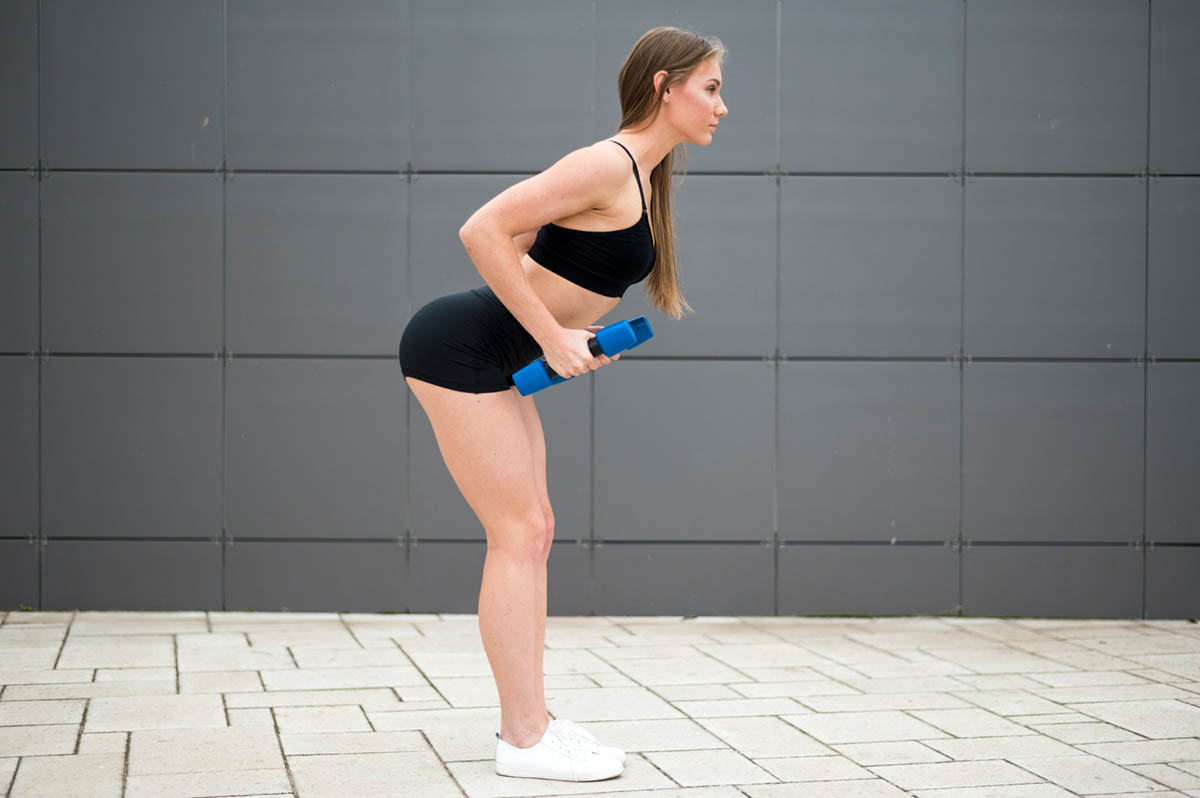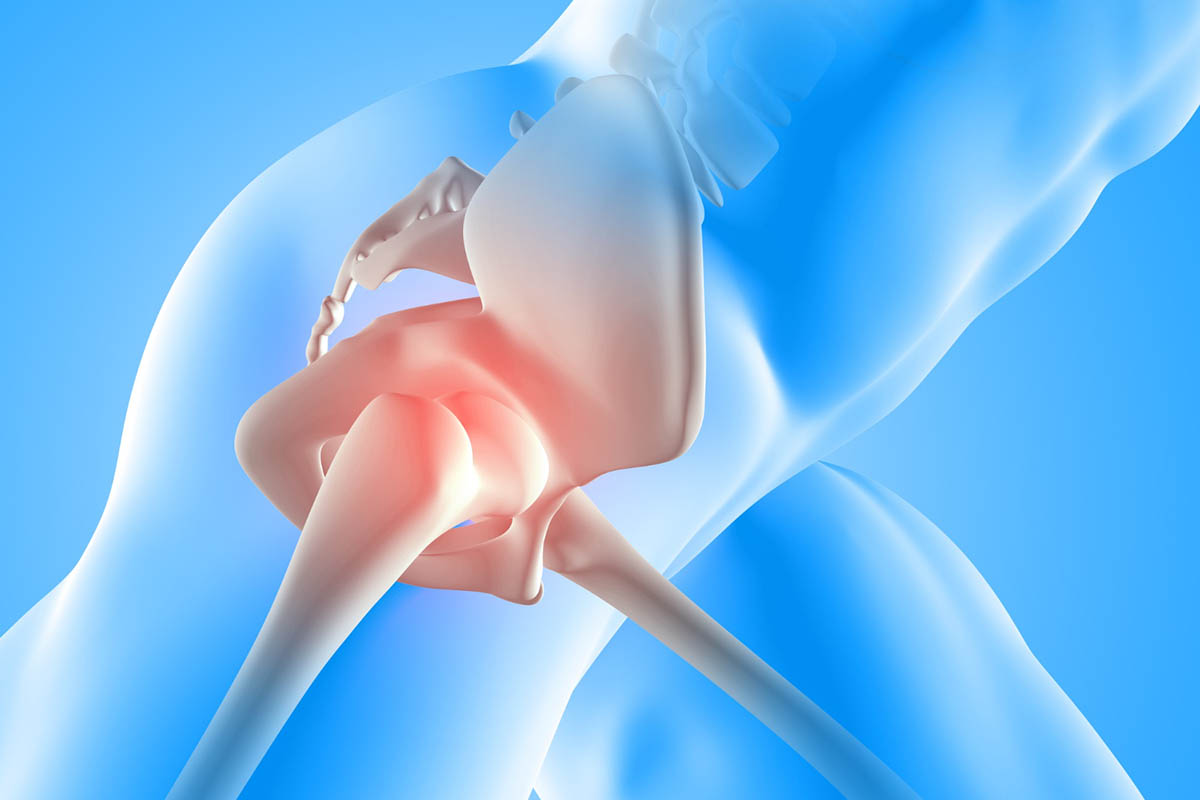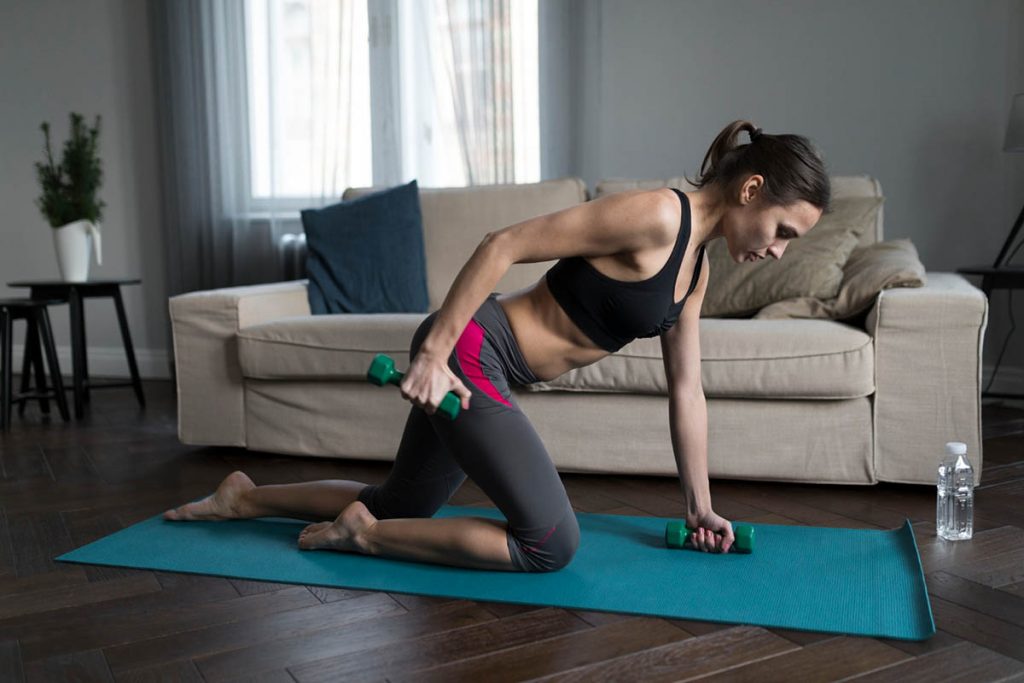Knowing what to avoid with hip labral tear is crucial for a faster recovery and preventing further damage. A hip labral tear is a condition in which the labrum, a cartilage ring surrounding the hip socket, is damaged. This cartilage plays a vital role in stabilizing the ball-and-socket joint of the hip and aiding smooth movement. A torn hip labrum can lead to severe hip pain, restricted mobility, and groin discomfort. It is important to understand what to avoid with a hip labral tear to prevent further damage, speed up the recovery process, and maintain overall joint health. This guide will cover the hip labral tear exercises to avoid, daily activities that may stress the joint, and provide tips for a safe recovery.
What is a Hip Labral Tear?
A hip labral tear occurs when the labrum, the cartilage that cushions and stabilizes the hip socket, becomes torn. The labrum provides a seal around the femoral head (the rounded head of the thigh bone) inside the ball-and-socket joint, keeping the joint stable. Labral tears are often associated with femoroacetabular impingement (FAI), where structural abnormalities in the hip bones cause pinching during movement, or from traumatic injuries caused by sports or accidents. These tears can lead to labral tear pain, instability, and mechanical symptoms like catching or locking during movement.
Impact of a Hip Labral Tear on Movement
A torn labrum can significantly affect your ability to move, causing a limited range of motion and intense pain. Movements that involve external rotation, internal rotation, or deep hip bending can become challenging. Without proper care, this injury can progress and lead to chronic hip instability and long-term damage. Moreover, hip instability increases the risk of further injury, as the weakened socket joint becomes more prone to damage during everyday movements.
Studies suggest that between 22% to 55% of individuals experiencing hip pain or groin pain are diagnosed with labral tears, highlighting the frequency of this condition. It’s essential to understand how this injury impacts movement to make informed decisions about daily activities and treatment.
Repetitive stress and excessive movement at the joint may also worsen the condition. If left untreated, the tear could require labral tear surgery, such as arthroscopic surgery, to repair the cartilage and restore function. Knowing which movements and activities to avoid is a key part of the healing process and can help you maintain your quality of life while managing this injury.
Activities to Avoid with a Hip Labral Tear
Understanding hip labral tear what to avoid can significantly reduce the risk of further injury. Certain activities place excessive strain on the hip labrum, further aggravating the tear. Avoiding these movements is critical for ensuring that you don’t worsen your condition and to facilitate a smoother recovery process.
Labral tears are often linked to gradual onset pain in the front of the hip or groin area. This discomfort tends to worsen after long periods of standing or sitting. Therefore, it’s essential to modify daily habits and avoid prolonged sitting or standing, especially without taking breaks.
Avoid Prolonged Sitting

Sitting for extended periods, especially in positions that compress the hip socket, can increase discomfort and lead to more hip pain. Prolonged sitting places pressure on the femoral head, causing further strain on the injured labrum. If you must sit for long periods, make sure to take frequent breaks and stand up or move around to reduce the pressure on your hips.
Avoid High-Impact Activities and Sports
High-impact sports and activities like running, jumping, or those involving sudden changes in direction place significant stress on the hip joint. These movements can exacerbate a torn hip labrum, leading to increased labral tear symptoms like groin or knee pain.
- Basketball: This sport involves frequent jumping, running, and abrupt changes in direction, all of which can aggravate the hip.
- Soccer: Soccer players are prone to repetitive hip movements, kicking, and sudden pivots, which increase the risk of worsening a labral tear.
- Running: The constant impact from running puts strain on the hip joint, potentially prolonging the healing process.
- Tennis: The lateral movements and quick rotations of the hips in tennis can aggravate hip labrum injuries.
- Squash: Like tennis, squash requires sudden bursts of speed and hip rotation, leading to further damage to the hip bones and labrum.
Avoid Activities with Repetitive Hip Rotation
Repetitive motions that involve twisting or rotating the hips, such as in golf or certain dance styles, can lead to excessive wear on the hip labrum. These activities increase friction between the femoral head and the hip socket, worsening the tear over time.
Limit or Avoid Household Chores that Stress the Hip Joint
Household chores that require bending, twisting, or heavy lifting can cause significant strain on your hip. While these daily activities may seem harmless, they can be particularly taxing for someone with a torn labrum.
- Vacuuming: The repetitive forward and backward movements can put pressure on the hip flexors and worsen labral tear pain.
- Lifting heavy laundry baskets: Carrying heavy items can stress the hip, leading to further injury.
- Scrubbing floors or gardening: These activities often involve deep bending or kneeling, which can irritate the hip socket and labrum.
Exercises to Avoid with a Hip Labral Tear
Avoiding certain exercises is key to protecting the hip from further damage. Knowing the exercises to avoid if you have a hip labral tear will help you modify your fitness routine without compromising your recovery.
Lifting Heavy Weights
Heavy weightlifting, especially movements that involve deep hip flexion, can strain the labrum. Exercises like deadlifts, squats, or lunges with heavy weights should be avoided to prevent worsening the tear.
Specific Yoga Poses
Although yoga can help improve flexibility, certain poses place excessive strain on the hips. Poses like the pigeon pose or deep lunges involve intense stretching of the hip flexors and should be avoided to prevent further irritation to the torn labrum.
Deep, Static Stretches
While stretching can be beneficial, avoid deep, static stretches that target the hip area. These stretches can exacerbate hip pain by putting undue pressure on the injured labrum, prolonging the recovery process.
Strengthening Exercises that Require Deep Hip Bends
Exercises that involve deep bends, such as full squats and lunges, should be avoided. These movements can lead to additional stress on the labrum, hindering the healing process and causing more labral tear pain.
- Deep or Full Squats (with or without weights): Squatting deeply places pressure on the labrum, making the injury worse.
- Lunges with Weights: Lunging places stress on the hip joint, particularly when combined with weights, and can further damage the labrum.
Safe Alternatives to Strengthen the Hip

While it’s essential to avoid high-impact exercises, you can still strengthen your hip through nonsurgical treatment options and safe activities. Low-impact exercises such as swimming, cycling, or using an elliptical machine are excellent alternatives. Additionally, a physical therapy program focused on strengthening the muscles around the hip without causing further injury can help in your treatment plan.
When to Seek Medical Help
If you experience severe hip pain, groin pain, or a feeling of instability in your hip, it’s crucial to seek medical attention. Early intervention can prevent the need for labral tear surgery and may include options like corticosteroid injection or chiropractic treatment. Imaging tests such as MRI scans can help in making a labral tear diagnosis, while a physical examination can assess your range of motion and pinpoint the source of pain. Your doctor may recommend arthroscopic surgery if conservative treatments fail.
Conclusion
Recovering from a hip labral tear requires knowing what to avoid with a hip labral tear, both in terms of physical activity and daily movements. Steering clear of high-impact sports, repetitive hip rotations, and heavy weightlifting is crucial for protecting the hip. Engaging in conservative treatment and safe strengthening exercises will ensure a smoother recovery. Always consult your healthcare provider for a personalized treatment plan and follow their advice to restore your quality of life.
At Land and Sea PT, we specialize in helping patients recover from injuries like hip labral tears through personalized care. Our 1 on 1 physical therapy service ensures that each patient receives individualized attention, focusing on restoring mobility, reducing pain, and preventing further injury. Whether you’re struggling with hip or groin pain, our experienced team will create a tailored treatment plan designed to meet your unique needs. Ready to start your recovery journey? Request an appointment today and get back to doing the activities you love, pain-free.
FAQs
What Aggravates a Hip Labral Tear?
Repetitive motions, high-impact sports, and deep hip bends are major culprits. Activities like running, basketball, and deep squats should be avoided to prevent worsening the injury.
How Do You Prevent Hip Labral Tears from Getting Worse?
Modifying your daily activities, avoiding high-impact exercises, and following a structured physical therapy program are critical steps in preventing a labral tear from worsening. Strengthening the muscles around the hip and using activity modification techniques can help reduce strain.
Can I Squat with a Hip Labral Tear?
Squatting, especially deep squats, can worsen a torn hip labrum. It’s best to avoid exercises that involve deep hip bends and opt for low-impact alternatives that don’t strain the joint.

